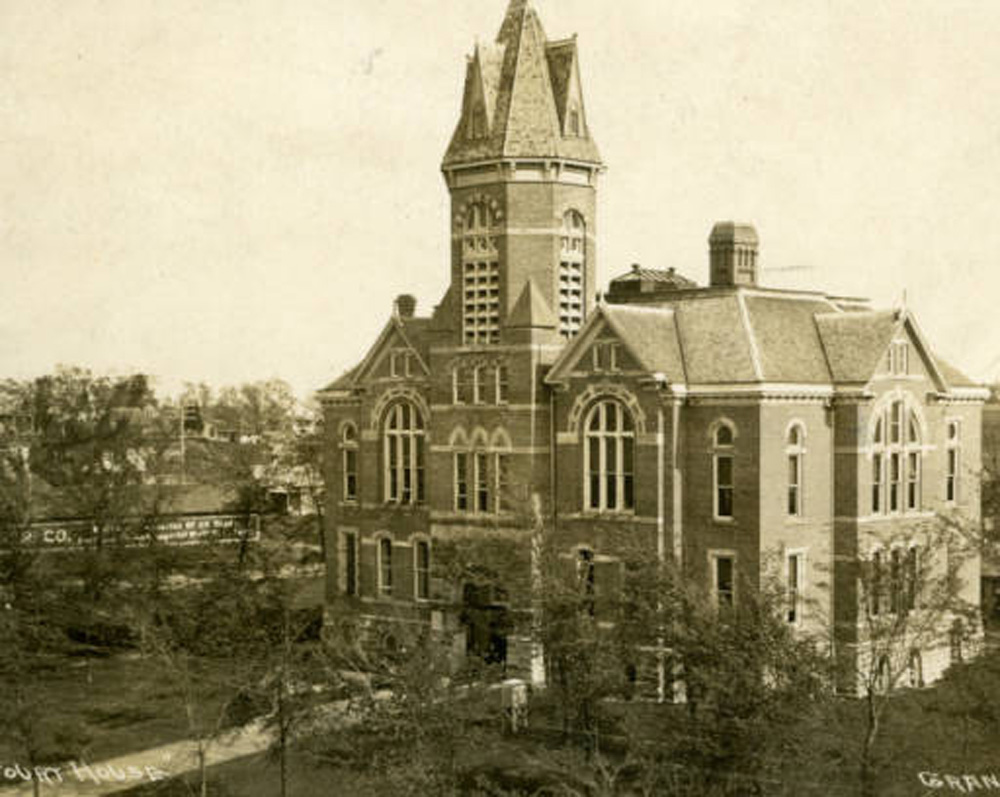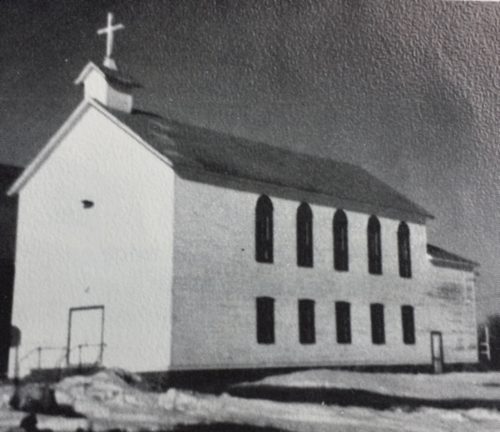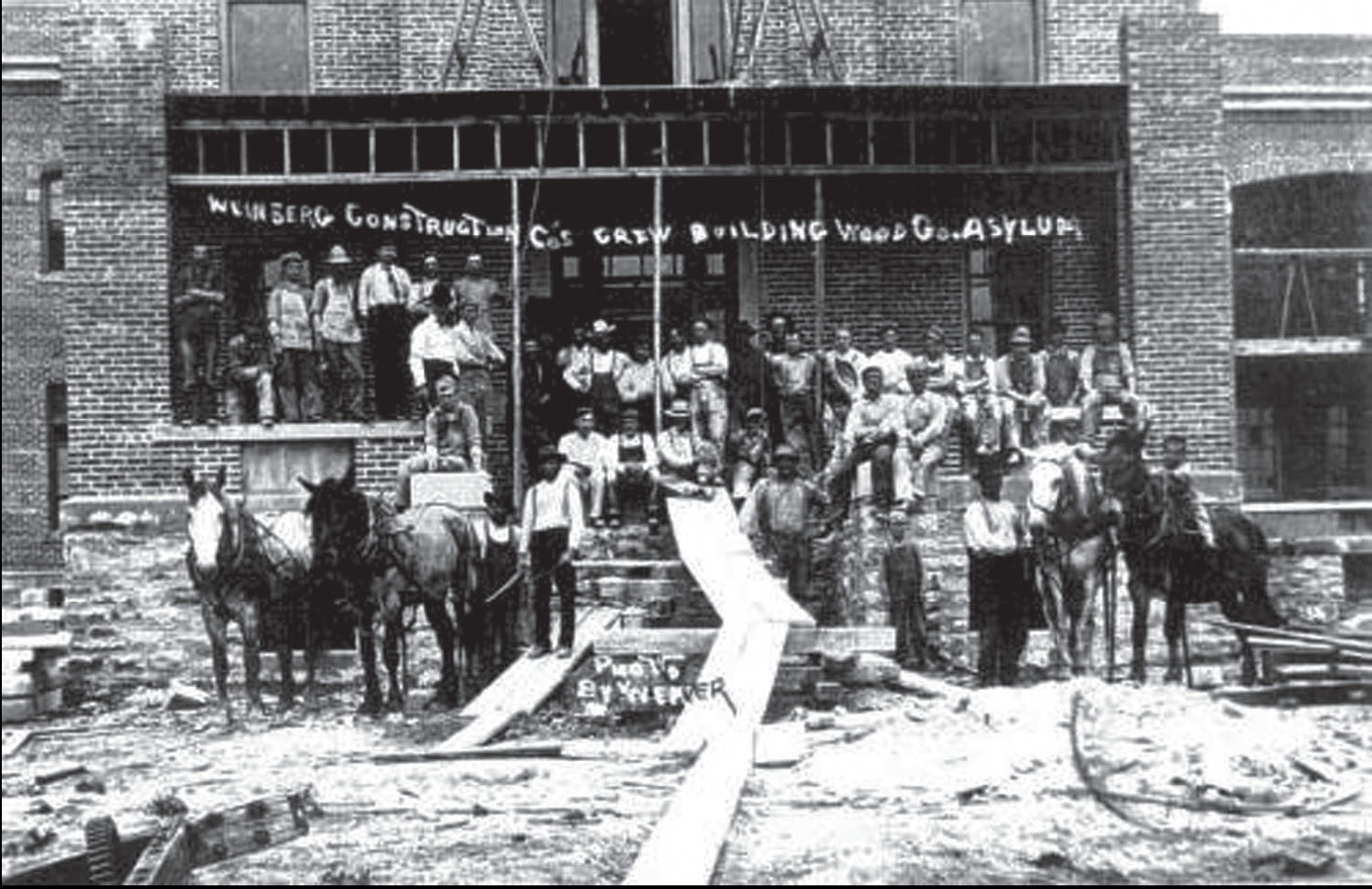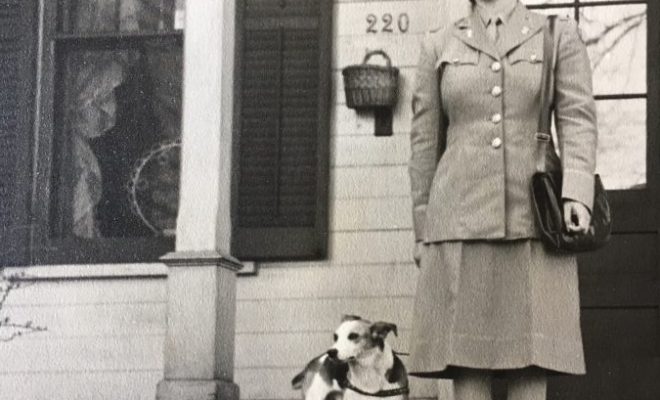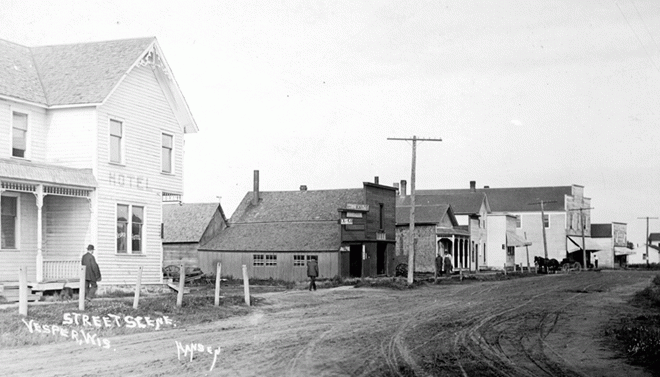This old house
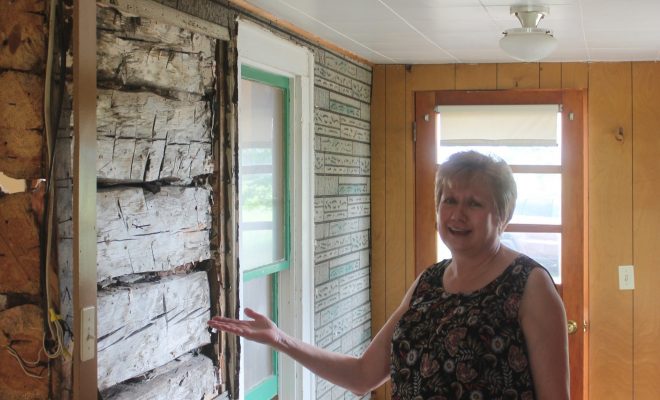
Port Edwards township historic home razed
By Kris Leonhardt
NEKOOSA – Peggy Wettstein’s emotional connection to the historic home was noticeable in the days before the old town of Port Edwards home came down.
“I heard from a grandchild who said he believed his grandparents, Gottlieb and Blanche Gildenzopf’s old farmhouse burned down in 1967. Up to that point, that house was the oldest in the township of Port Edwards. After that, the old timers told my parents that their home became the oldest, being built in 1883,” Wettstein said.
Abstracts date the home back to June 18, 1883, and a man named William Polzin. An 1889 notice in the Wood County Reporter stated that Polzin proved the land in Aug. 1889 in Grand Rapids, with Albert Johns, William Dumas, Amos Sharkey, Herman, Jachnig, all of Port Edwards, serving as witnesses to his continuous residence and cultivation of the land.
“In 1903, as the abstract states, a small section of land was given to be used for a school to be built, and it was the German-Lutheran school. And, it has in the abstract the name of the trustees, Gustave Wittenberg is one of them… Before that time, the only school out here was up on the corner of Wood Avenue and (County) Highway G. What more recently was the Head West tavern; that was the first schoolhouse out here.

The farm was noted as Wood County’s “worst-looking farm,” after this picture was displayed at the 1940 Central Wisconsin State Fair. Submitted image
“In 1907, that’s when they built the three public schools out here.
“Sometime after 1907, the German Lutheran school was moved down the road and used as a church. But, it originated on this property.
“In 1943, my dad and his dad, who farmed together bought this piece of property on a sealed bid for $500.”
Jasper Egland, Sr., and Jasper Egland, Jr., purchased the farm in August with the idea to tear all of the buildings down.
At that time, the farm had become known as Wood County’s “worst-looking farm” after a picture was displayed at the 1940 Central Wisconsin State Fair, labeling it as such.
“It was dilapidated for many, many years; the house sat vacant. Back then, if people didn’t have a place to go and they would be moving through, they would move in until the sheriff made them get out. So, there were various people who lived there. In fact, after my folks lived there, a lot of times my dad would be working. She would have the little kids and some strange person would come to the door, because they had lived there at one time.”
Wettstein said that her parents ended up fixing up the house and living there.
“I don’t think they ever intended to spend the rest of their years there, but they moved there in 1946,” she said.
Next week: Paying it forward

